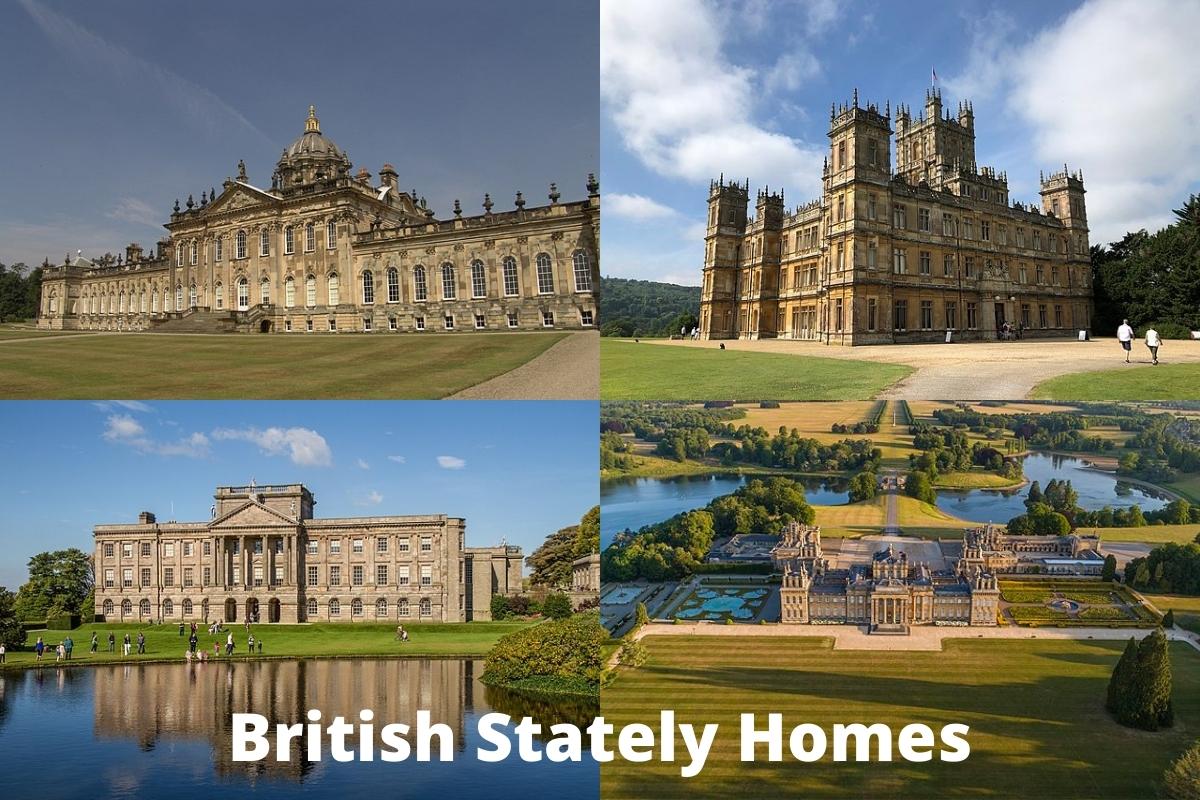In the 1,000 years since it had it’s first king, Great Britain has gone through a litany of changes and the hands of power have exchanged just as much.
One thing that hasn’t, though, is the British love of country homes. In fact, Windsor Castle has been a residence of the royal family for about as long as there have been royal families in the country.
Stately homes were often used as displays of wealth but also as seats of power, with many being the hereditary seats that were passed down to father and son that came with titles such as Duke or Earl.
So, let’s go on a journey around the countryside and discover more of these national trust treasures!
British Stately Homes
1. Blenheim Palace
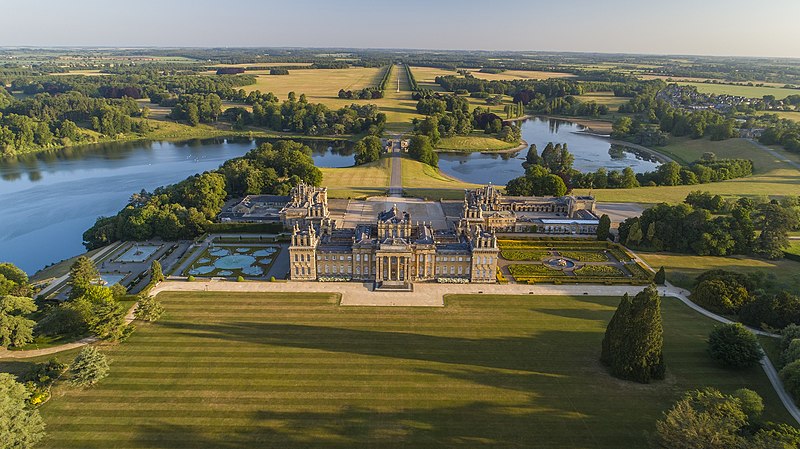
For over 300 years, Blenheim Palace has been taking in the scenic views of Woodstock. Named after the Battle of Blenheim, the land was a gift to John Churchill, the 1st Duke of Marlborough, for his military victory.
Queen Anne helped finance the construction of the home, along with the Churchill family. It has been the personal residence of the line of Marlborough Dukes and Duchesses ever since. That includes former prime minister, Winston Churchill.
Also Read: Famous English Landmarks
Despite being one of the most influential families, within 200 years the property would be too much of a financial strain. Not to worry though.
As was common during the late 1800s, the 9th Duke of Marlborough married a wealthy heiress. That money infused Blenheim Palace with the life it needed to carry on.
Now a World Heritage Site, this palace is the only non-royal estate to be called such in England. Even though the current 12th Duke of Marlborough and his family live here, Blenheim and the grounds are open to the public.
There’s so much to see that perhaps only an annual pass could give you enough time to get around to it all.
2. Chatsworth House
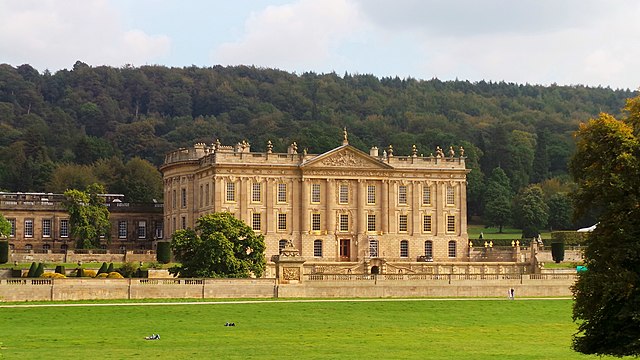
16 generations of the Devonshire family have passed through the halls of Chatsworth House. The estate has been part of their history since the mid-1500s, all 81,000 square feet of it.
Ownership no longer falls under them anymore, however. Not since the Chatsworth House Trust paid £14 million to restore it in 2012.
Surprisingly, Chatsworth House has undergone minimal alterations throughout its centuries-old life. Perhaps that’s why it needed such massive work done more recently. To be fair, the estate was quite well done to begin with.
That’s because the Treasurer of the King’s Chamber is the man who bought the property. Sir William Cavendish’s wife, Bess of Hardwick, was the most excited about its possibilities. She oversaw the plan and construction of a site by the river.
The home wasn’t finished until several years after William’s death. It was at that time that Bess enjoyed her creation coming to fruition with her fourth husband.
In pop culture, you may recognize the home from a number of big and small screen appearances, such as Mr. Darcy’s home from the recent motion picture hit Pride and Prejudice. If you’d like to travel back in time for yourself, the home is open to visitors all year.
3. Castle Howard
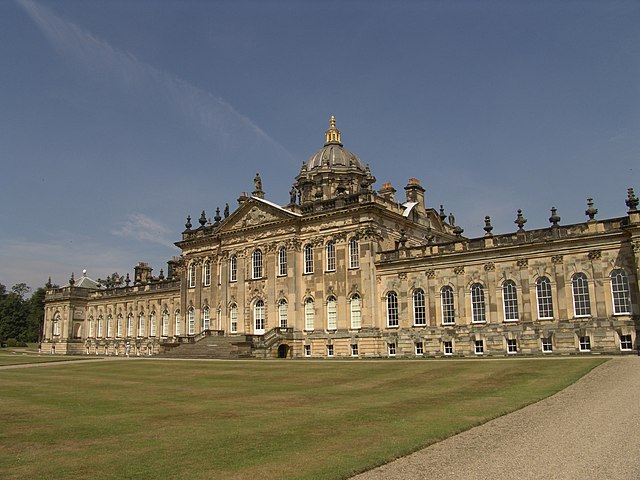
Walking up to Castle Howard almost feels like a welcoming hug, depending on which direction you come upon it. The building is U-shaped from the back, but has a formal flat front. No matter where you come in, it’s going to be a grand entrance.
With construction beginning in 1701, you might be surprised to discover that the home wasn’t finished until 1811. Honestly, when you look at it, it’s not all that surprising. The castle boasts 145 rooms, 140,000 square feet, and is sprawled across almost 9,000 acres.
While Castle Howard doesn’t technically fit the profile of a castle, meaning it’s not fortified, it keeps the name castle for a reason. This is actually common in England when a home is built where a castle used to be.
These days, you can come to relive the time when horse-drawn carriages would make their way around the path to the front door. While you can get tickets for a tour, the Howard family still uses the castle as a primary residence.
4. Highclere Castle
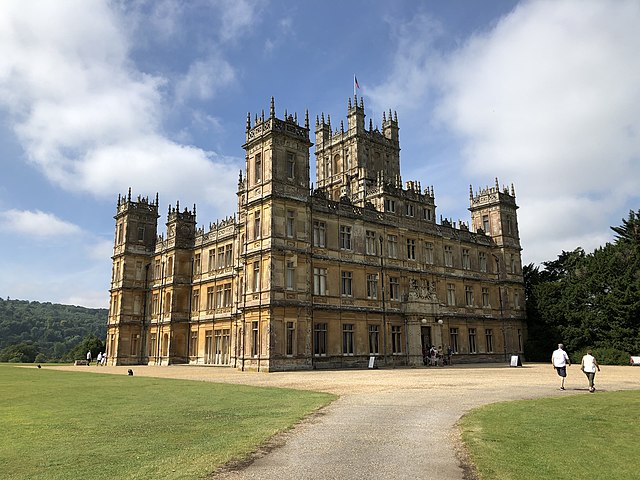
Built in 1679, the estate was actually written about as early as 749. That’s when the king gave the area to the Bishop of Winchester. It wasn’t until just before 1400 that something was actually built there.
A later Bishop of Winchester, William of Wykeham, built the first version of a palace with his own garden and park. 150 years later, the house was taken by King Edward VI as property belonging to the crown.
A rebuild happened and that’s how we got the Highclere Castle we love today. It’s perhaps one of the most famous castles of the moment, thanks to the popular Downton Abbey television series and movies.
You can visit the castle today even though the Lord and Lady Carnarvon live there with their family.
5. Hardwick Hall
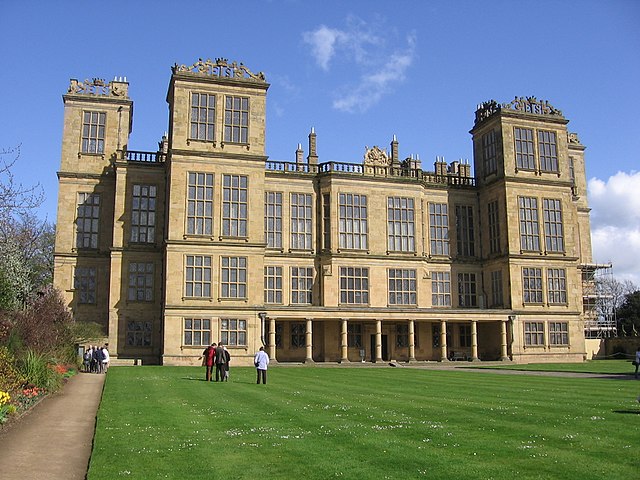
Advanced for its time, this Tudor mansion was inspired by the fashionable architecture that came from Florence. This was another signature piece by Bess of Hardwick who was in charge of Chatsworth House.
Hardwick Hall was passed down through her line of descendants until 1956. That’s when the National Trust took ownership in an effort to bring it back to life with massive restorations.
It was the widow of the 9th Duke of Devonshire who was to be the last tenant of the home.
Evelyn, Duchess of Devonshire, spent much of her time conserving the home’s textiles. Now, there is a restaurant, a visitor center, and gardens. You can even bring your dog!
6. Wentworth Woodhouse
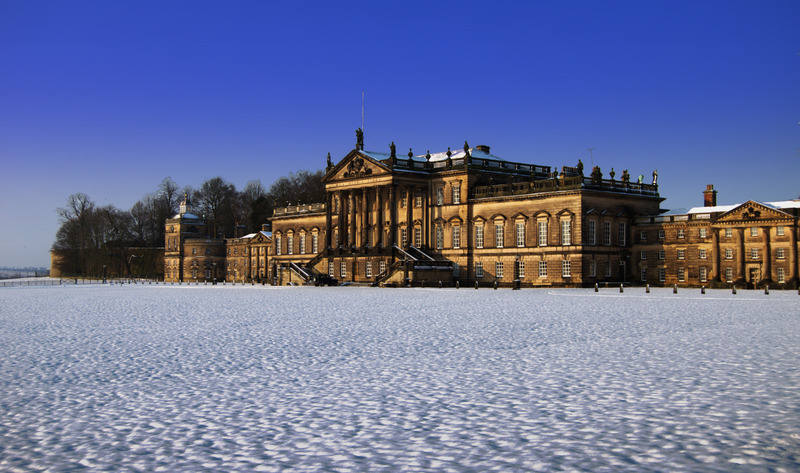
Like most of the homes on this list, Wentworth Woodhouse has quite a history. Not because it’s been around for centuries, but because of who has been in it.
The estate was originally owned by Thomas Wentworth, 1st Earl of Strafford. He was executed by order of King Charles I due to malcontent in Parliament.
Also Read: Buildings in England
It was rebuilt by Thomas Watson-Wentworth and then his grandson, Charles Watson-Wentworth, expanded on that. Charles was actually a prime minister twice over. He turned Wentworth into a center of influence for his political party, the Whigs.
Benjamin Franklin stopped by in 1771. By 1790, the inheritance law passed the estate to the Fitzwilliam family. By 1912, the royal family visited.
Today, Wentworth Woodhouse is the largest privately-owned home in all of Europe.
7. Burghley House
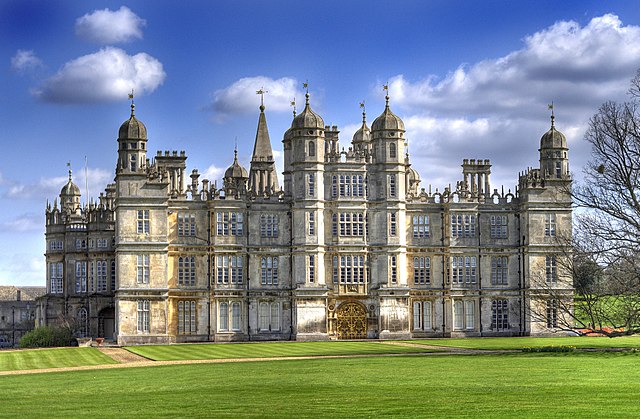
Constructed by Queen Elizabeth I’s Lord High Treasurer, the estate has a mix of styles. Originally a Tudor mansion, Burghley House now has a mix of styles thanks to a renovation that took place in the late 1700s.
The treasurer, Sir William Cecil, passed the home down and it’s still part of the Cecil family after 500 years.
One of the more notable aspects of Burghley House is the art collection. John Cecil’s love of Italian works is much of the reason the collection is as extensive as it is.
Over two decades, he brought back 300 pieces. On his last trip alone, John spent the modern equivalent of over half a million dollars on art.
Unlike other historical estates, the home is owned by a trust named after it but that trust is owned by the Cecil family. They allow visitors to come by during particular times of the year.
8. Lyme Park
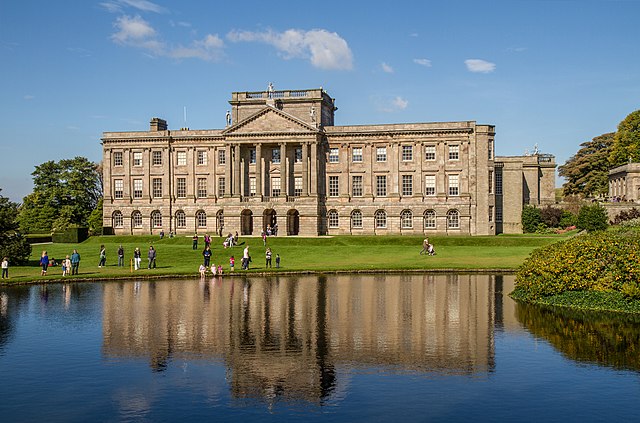
With its own pond, Lyme Park is just south of Manchester. It was built in the 1720s on land that had been in the Legh family since 1388.
Originally, Sir Thomas Danyers was given the land in 1346 and passed it to the Leghs of Lyme through marriage. It stayed with the family for 600 years until it was signed over to the National Trust.
You can tour the home and gardens or you can catch it in a number of TV shows and movies.
9. Brodsworth Hall
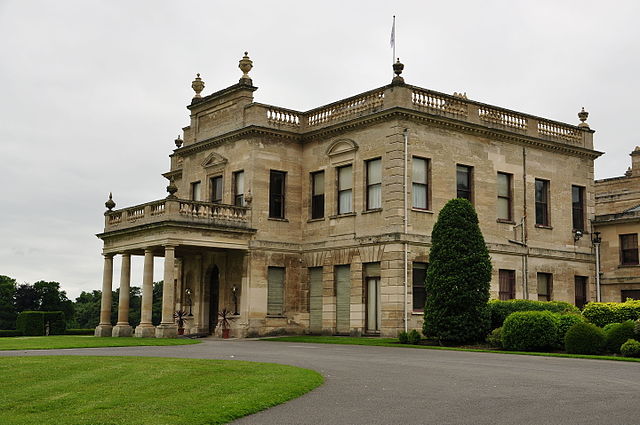
This estate is essentially a time capsule. There were a couple of home iterations here before the final Brodsworth Hall was built in 1863 by yachtsman Charles Sabine Augustus Thellusson. He’s actually responsible for commissioning the two largest yachts in the world.
After his passing, he left the home to his sons. They had no heirs, so eventually, the house went to a nephew. The third son paid for a church to be built nearby.
He’s also the reason Brodsworth Hall got electricity. The nephew’s wife was the last person to live there. After being a resident for almost 60 years, Sylvia Grant-Dalton passed away and the home was given to English Gardens in 1988.
10. Osborne House
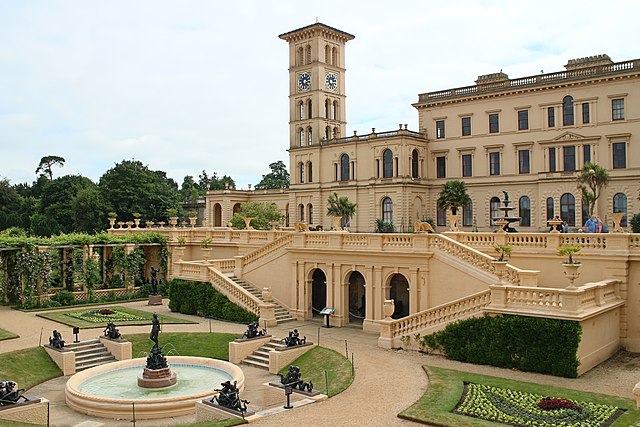
The former family home of Queen Victoria and Prince Albert, Osborne House was built in 1851 as a getaway for the royal couple.
This was a place for the family to be themselves without worrying about any press. The prince was the home’s designer and he was inspired by Renaissance architecture.
Using the same eye who put together plans for the front of Buckingham Palace, Albert was creating a style of his own.
It was in Osborne House that the queen died at the beginning of 1901. The day her son, King Edward, accepted his new role is the same day he gave the house to England.
The previous royal residence is now a tourist attraction and one of the finest stately homes in Britain.

